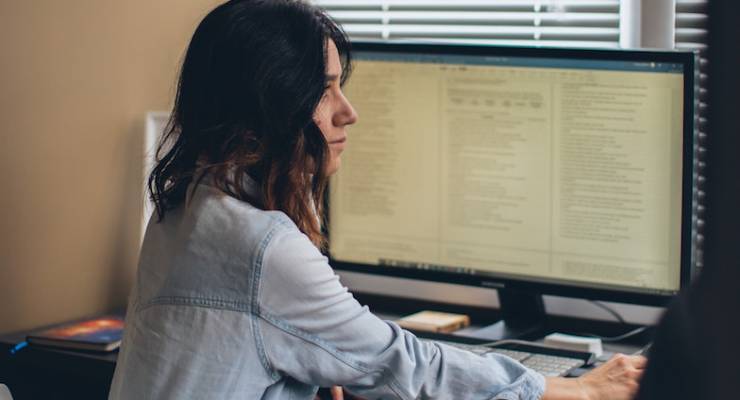
As the line between work and home continues to blur during the coronavirus pandemic, a landmark ruling has brought into sharp relief the potential responsibilities of Australian employers to thousands of workers who are experiencing violence.
The NSW Court of Appeal upheld a Workers Compensation Commission decision late last month, stating that the two children of Michel Carroll, who was murdered in 2010, will receive $450,000 in death benefits.
Carroll lived with her de facto partner Steven Hill, who was also her colleague at a family financial advisory firm. Hill experienced paranoid delusions that Carroll was conspiring to steal his clients. He was charged with her murder but found not guilty on the grounds of mental illness.
The NSW Court of Appeal heard there was a direct connection between Hill’s delusions, Caroll’s employment and her death.
Chris Murphy, special counsel in insurance and workers compensation, described the case as a “very poignant example” of how workers compensation in Australia has expanded over the past century to deal with more than “uncontroversial claims” of workplace injury.
“[With the pandemic], employers are now exposed to scenarios that they have far less control over than they have had in the traditional workplace,” Murphy said.
“In this case this woman was tragically murdered while she was in her pyjamas. One of the facts that was important to the arbitrator was that there were [work] files in her bedroom, so the lines [between home and work] are clearly blurred.”
Women’s Safety NSW chief executive officer Hayley Foster said this blurring has “significantly” impacted women in violent situations, especially during the pandemic.
“Women have reported to us being monitored around the clock at home and being subjected to horrendous acts of violence and intimidation, all while trying to maintain their employment working from home,” she said.
“We’ve had women subjected to serious physical and sexual assaults or threats on their children’s lives, and having to get on and try to finish reports or connect to online forums the same day.”
Foster said some women had been using “extensive amounts of make-up to cover the welts on their face and neck” before online meetings.
“And then we have emotional and psychological abuse,” she said. “Partners make them clean, look after children and service their sexual needs during the day, leaving only the hours in the night when he is asleep to try to “catch up” on work, only to wake up sleep deprived and traumatised for another day.”
One in four Australian women has experienced physical or sexual violence by a current or former intimate partner since age 15.
The “vast majority” of women experiencing violence are in the workforce and for many of them the workplace is “an escape from being terrorised at home”, Foster said.
Some Australian employers have picked up the mantle through paid domestic violence leave, which Australian Services Union NSW branch secretary Natalie Lang said was available to around one in three workers across the country.
She said the leave is often used by women to seek legal advice, attend appointments and make safety plans to leave their abuser while under the guise of going to work. But while many employers, including the NSW public service, have paid domestic violence leave, a woman’s right to safety shouldn’t depend on who her employer is, Lang said.
“A woman shouldn’t be in a situation where she has to either be in the same environment as her abuser or risk losing her job,” Lang said.
For help or information on domestic violence, visit 1800RESPECT or call them on 1800 737 732. The Men’s Referral Service is aimed at men who need help to stop violent or controlling behaviour, but it also supports victims and families. You can call on 1300 766 491.








Crikey is committed to hosting lively discussions. Help us keep the conversation useful, interesting and welcoming. We aim to publish comments quickly in the interest of promoting robust conversation, but we’re a small team and we deploy filters to protect against legal risk. Occasionally your comment may be held up while we review, but we’re working as fast as we can to keep the conversation rolling.
The Crikey comment section is members-only content. Please subscribe to leave a comment.
The Crikey comment section is members-only content. Please login to leave a comment.